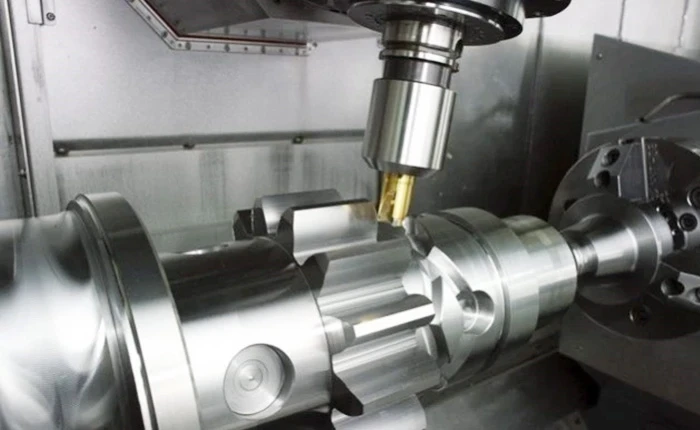நவ் . 10, 2024 07:47 Back to list
Snap Gauge Inspection Tool for Precision Measurement and Quality Control
Understanding Snap Check Gauges A Comprehensive Guide
When it comes to precision measurement in engineering and manufacturing, accurate tools are paramount. Among these tools, the snap check gauge is a device that plays a crucial role in ensuring the quality and accuracy of machined parts. This article delves into the principles, applications, advantages, and maintenance of snap check gauges.
What is a Snap Check Gauge?
A snap check gauge, often referred to as a snap gauge or snap gage, is a precision measuring instrument used to check the dimensions of parts, typically in manufacturing and assembly processes. Unlike calipers or micrometers that can provide continuous measurements, snap gauges are designed for quick checks of specific dimensions, such as diameters or heights, ensuring that parts adhere to specified tolerances.
Snap gauges come in various types, including fixed, adjustable, and digital varieties. Fixed snap gauges are set to a specific dimension and can only measure that size, while adjustable snap gauges allow for a range of measurements. Digital snap gauges offer the benefits of digital readouts, making them easier to read and reducing human error.
How Does a Snap Check Gauge Work?
The basic working principle of a snap check gauge involves comparing the feature of a part against a reference standard
. The gauge has two contact points one fixed and one movable. When a part is inserted into the gauge, the movable contact will either snap into place or not, depending on whether the part's dimension falls within the acceptable range. This evaluation process is straightforward and requires minimal setup time, making it an efficient tool in high-volume production environments.Applications of Snap Check Gauges
Snap check gauges find applications across various industries, including automotive, aerospace, electronics, and general manufacturing. Their primary use is to ensure that parts meet specified tolerances and quality standards. Some of the specific applications include
1. Diameter Measurements Snap gauges are commonly used to measure the outer and inner diameters of cylindrical parts, such as shafts and tubes, ensuring they fit into mating components.
2. Thickness Checks In industries where precise thickness is critical, such as in sheet metal fabrication, snap gauges can quickly verify the thickness of materials.
3. Height and Depth Specifications Snap gauges can also be engineered to measure the height and depth of parts accurately, making them essential in ensuring components fit within designated spaces or slots.
4. Go/No-Go Testing This quality assurance technique uses snap gauges to determine whether a part conforms to industry standards without requiring detailed measurements. The “go” side of the gauge indicates acceptable dimensions, whereas the “no-go” side signifies out-of-tolerance features.
Advantages of Using Snap Check Gauges
snap check gauge

Snap check gauges offer several advantages over other measuring instruments
- Speed and Efficiency The primary advantage is the speed with which snap gauges can assess part dimensions. This feature helps streamline the manufacturing process, particularly in assembly lines where time is of the essence.
- Ease of Use Snap gauges are user-friendly and generally do not require extensive training to operate. This characteristic enables employees to conduct quick checks without needing specialized knowledge.
- Cost-Effectiveness Compared to other precision measuring tools, snap gauges are relatively low-cost, making them accessible for small and large manufacturers alike.
- Durability and Reliability Most snap gauges are built from robust materials, ensuring long-lasting performance even in demanding industrial environments.
Maintenance of Snap Check Gauges
To ensure the accuracy and longevity of snap check gauges, proper maintenance is essential. Here are some best practices
1. Regular Calibration Calibration against a known standard should be performed regularly to maintain measurement accuracy.
2. Cleaning Keep the gauge clean to prevent accumulated dirt or debris from affecting measurements. Use a soft cloth and appropriate cleaning solutions as needed.
3. Proper Storage Store gauges in protective cases to avoid physical damage when not in use. Ensure they are kept in a controlled environment to minimize exposure to moisture or extremes in temperature.
4. Routine Inspection Regularly inspect the gauge for wear, damage, or misalignment, and replace parts as necessary to keep it in optimal working condition.
Conclusion
Snap check gauges are invaluable tools in precision measurement, offering efficiency and reliability across various industries. With their simple design and straightforward operation, they provide rapid assessments of critical dimensions that ensure parts meet stringent quality standards. Understanding their operation, applications, and maintenance will help businesses harness their full potential, ultimately leading to improved production processes and quality assurance.
-
Why Metric Trapezoidal Thread is Ideal for Precision Motion ControlNewsAug.05,2025
-
The Unique Properties of a Block of Granite for Industrial UseNewsAug.05,2025
-
The Role of Flanged Y Strainers in Preventing Pipeline ClogsNewsAug.05,2025
-
The Importance of Regular Calibration for Master Ring GagesNewsAug.05,2025
-
How a Cast Iron Surface Table Enhances Accuracy in ManufacturingNewsAug.05,2025
-
Comparing Different Check Valve Types for Optimal Flow ControlNewsAug.05,2025
Related PRODUCTS









